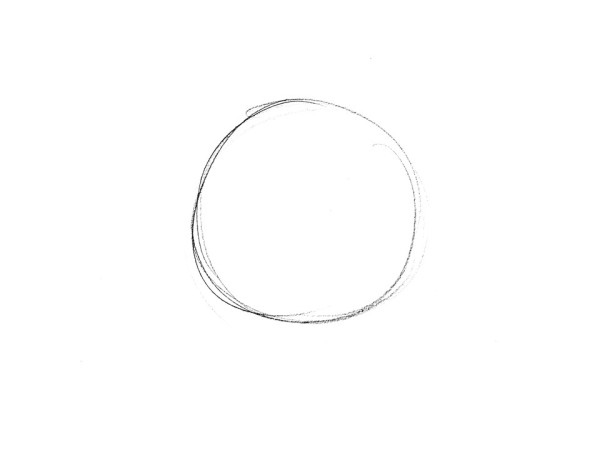Within the constant hecticness of learning design (or instructional design, educational design), we often need to take refuge from the fray, away from performative pressures and ever-scaling up in learning and teaching. In a world besieged by the fast and the loud, gentle learning design invites us to linger in a quieter, slower, more careful contemplation of our learning and teaching ways.
Utility, fertility, philosophy: A reflection on the relationships between evaluation and research in educational scholarship
This poster/presentation is an opportunity to reflect on my scholarship journey and to uncover its parts, in the hope that this uncovering may be helpful to others enjoying a similarly confounding experience.
Chapter: Quiddity of Design in [learning + design]
The institutional narratives of alignment, efficiencies, and solutions do not invite us to speak of learning design with any depth or feeling. Focusing on its utility and its techniques at the expense of its mysteries and its passions is a seduction of management designed to elicit our performance. We know that the lived realities of... Continue Reading →
Step back into context. The details are just doorways to the bigger picture, which is already the place of goodness and meaningfulness. Let the parts be passages to the bigger, abiding 'why' that encompasses us all.
[silence]
I am gathering my thoughts on silence, and how it is present, or not, in our educational practices, ahead of a course I am co-teaching next year. I look back on my teaching experience for moments of positive silence: there are few. There must have been some in-between moments of quietness, of pause, where gathering up, anticipation, reflection, and stillness were sought and fostered; intervals for thinking or writing without the clutter and noise of teaching as some kind of intervention, fill or bridge. But these in-between moments have faded, back into the background where they came from.
Towards greater openness in higher education
We might have an intuitive, teacherly sense that openness in higher education holds pedagogical power, moves us to partner more, to connect more, and to cross boundaries, but we might not know exactly how to go about bringing openness into practical expression.
The goodness of stewardship
This piece, essentially, is a dedication to goodness and love. It is also a contemplation on the moment, and, the puzzle of 'moving forward'. The moment I refer to has scale; it is shared global moment, as we collectively wonder what it is, exactly, that we ought to do to advance safely together. It is also a personal-professional moment, for, as I begin to inhabit my doctoral skin, I now stand on the cusp of my discipline with a commitment to its advancement.
What is the ‘powerful idea’ of the eportfolio?
Neil Postman wrote that every technology has a philosophy, a ‘powerful idea’. This got me thinking about the eportfolio: what is its powerful idea? Defined instrumentally, the eportfolio is an online password-protected place to collect, organise and share a ‘portfolio’ of assets. But this does not communicate the ‘powerful idea’ of the eportfolio, which arguably, can only be understood experientially.
The idea of slow. A personal story of bringing philosophy into practice
This ramble traces the story of my affair with slow... it is a story that lives in the juncture between my professional, personal and scholarly worlds. It begins in 2015, with a No.
There is no arrow. Only the pendulous lope, swinging gravely back, arcing always back, back towards itself, myself the pulsing wave. Again and always full, exceeding even excess, without fate or flaws, just plunging and tolling, endlessly rolling, returning and yearning: a longing for One.
Six ‘humanising’ ideas for your pivoted teaching
These six ‘humanising’ ideas respond to student experience survey data at Flinders University in 2020, where students reported: Missing out on practicals; Lacking motivation; Translation of activity to online; Unclear expectations; Appreciating flexibility; Not seeing other students
Doctoral research: Intimacies of being in learning design
Underneath the taken-for-granted orthodoxies and doctrines of what is to 'do' learning design, we are already human beings existentially 'in' learning design. But what might an un-theorised, essential experience of learning design be like, and how might we recognise it as our own? Is there something ineffable about the phenomenon that makes it 'so'? What if we ignored all the noise of our ideas 'about' design and listened for learning design to speak itself? What might the unguarded experience of ourselves in our learning design tell us about our teaching selves and indeed, our human being-together?
Surely some inner richness nourishes our work, some sacred filament draws? It is time to say what moves us from within, the deeper realm, that singular well in each of us. It is time to speak from the soul, to the soul, for the soul.
Collaborative self-study as coursework
In 2020 Josh Spier and I worked with a small group of students in EDUC9908: Researching Higher Education from a Global Perspective as part of the Grad Dip/Master of Education (Higher Education) at Flinders University in South Australia, and we made a little video about it. It was a powerful experience of learning for us all, even though it was only really a taster of the methodology.
Rhizomatic being?
Being in learning design, in its simplest interpretation, has the human self as the locus of active attention. In a bit of word play, I took Dave Cormier's passage from Rhizomatic education, and replaced what was objectively distant from being with a more ontological perspective.
Defending a ‘common-sense’ in learning design
I got in trouble with my peers last week for blithely using the term "common sense" in relation to learning design. I defended myself on two grounds: 1) etymologically, and 2) heuristically.
Turning differently toward learning design, and finding the real gift of slow
This paper invites you to pause and sit, to expand the moment you are already in, and to ponder philosophically, rambling across the page with notions of untangling, opening, loosening, listening, seeing, belonging pondering, sitting with and trusting. Taking time to do so is self-affirming. But perhaps the deepest gift that slow offers is choice: it opens a space for considered thought and action, and calls into question the habits and expectations of speed that we have grown so accustomed to.
The three gazes of the eportfolio
I am aware of three distinct and useful gazes: myself, selected respected peers, and what I am calling 'soul'. Somewhat counter-intuitively, instead of acting to censor me, I find that I need these gazes to do my portfolio work.
Imagine if we shifted our attention from content to contentedness. When you think about it, content and contentedness both do the job of 'filling you up', but one stuffs you from the outside, and one from the inside.















You must be logged in to post a comment.